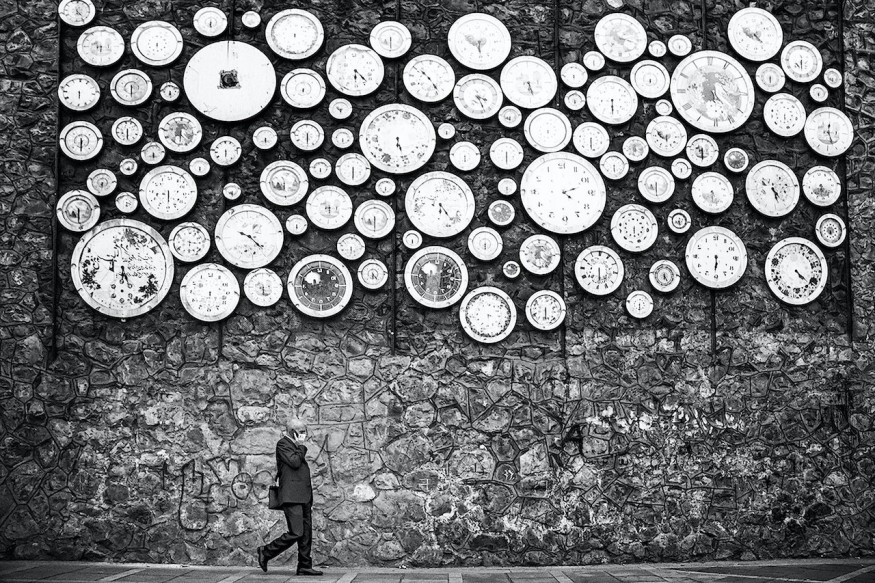
While time may be a worldwide constant, it can be quite tricky. Several individuals have felt like childhood summers were extremely long in comparison to how they experience the same 3 months as adults. Though individuals can argue about time perception and the factors that dilate and compress time, it is possible to look into it experimentally.
Time Perception Is Different For Adults and Children
A team of researchers proceeded to do just that. According to Neuroscience News, the scientists looked into how eventfulness impacts estimates of duration across various cognitive development milestones.
Their study was published in Scientific Reports. As part of the procedures, the researchers categorized participants into three age groups: 4 to 5 years old, 9 to 10 years old, and 18 years old and older. All participants were tasked with watching two 1-minute-long clips taken from a popular animation show that had balanced acoustics and visuals, except for eventfulness.
One video had a speedy series of events wherein a police official captured animals and caught a thief. The other clip was repetitive and monotonous, with six prisoners escaping through a boat.
The two videos were played in a 50% balanced order. They started with the eventful clip first.
After the participants watched both clips, they were asked to share which one was longer and to show the durations through their arms. This was done to make it easy for even 4-year-olds to understand.
Results revealed a significant bias across each age group. However, for the pre-kindergarten group, the results drifted in the opposite direction.
Over two-thirds of the pre-kindergarten age group saw the eventful video as the longer one, while three-fourths of the adult group had the same sentiments about the uneventful clip. The middle group had similar biases as the adults, except that they were more moderate.
Earth reports that in order to explain such time perception variances across various ages, the scientists relied on a notion known as heuristics. This concept refers to the capacity to utilize proxies or mental shortcuts for speedy decision-making. Because the brain does not have a central clock that is reliable, it is important to use proxies.
Why Does Time Perception Vary Across Ages?
According to the researchers, the children made use of representative heuristics to gauge time. For example, they may wonder which video they could talk about more. Because the eventful video had several episodes and actions, the children could talk about it more, and because of this, they may have felt that it was longer.
However, 6-to-10-year-olds typically learn about universal or absolute time. Through such developments, representative heuristics then get changed into sampling heuristics. The latter helps individuals monitor time by sampling it frequently by assessing traffic or checking the clock, for instance.
Hence, when adults watch an entertaining clip, their minds get captivated and immersed in the show. However, if the show is boring, adults may keep checking their watches or thinking about other things. These distractions enable the sampling of time flow.
The researchers note that these heuristics shed light on the switch that takes place when one is seven years old and on the continuous bias that makes boring meetings seem longer. However, the mysteries of time and the mind's perception of them remain vast.
Check out more news and information on Psychology in Science Times.












